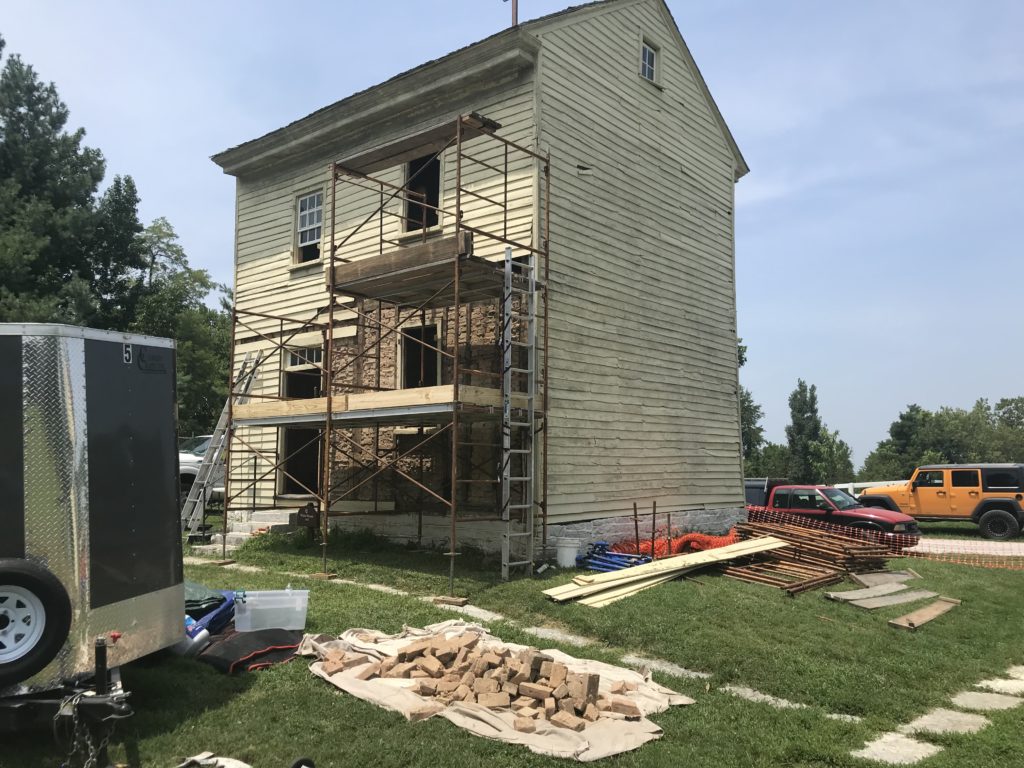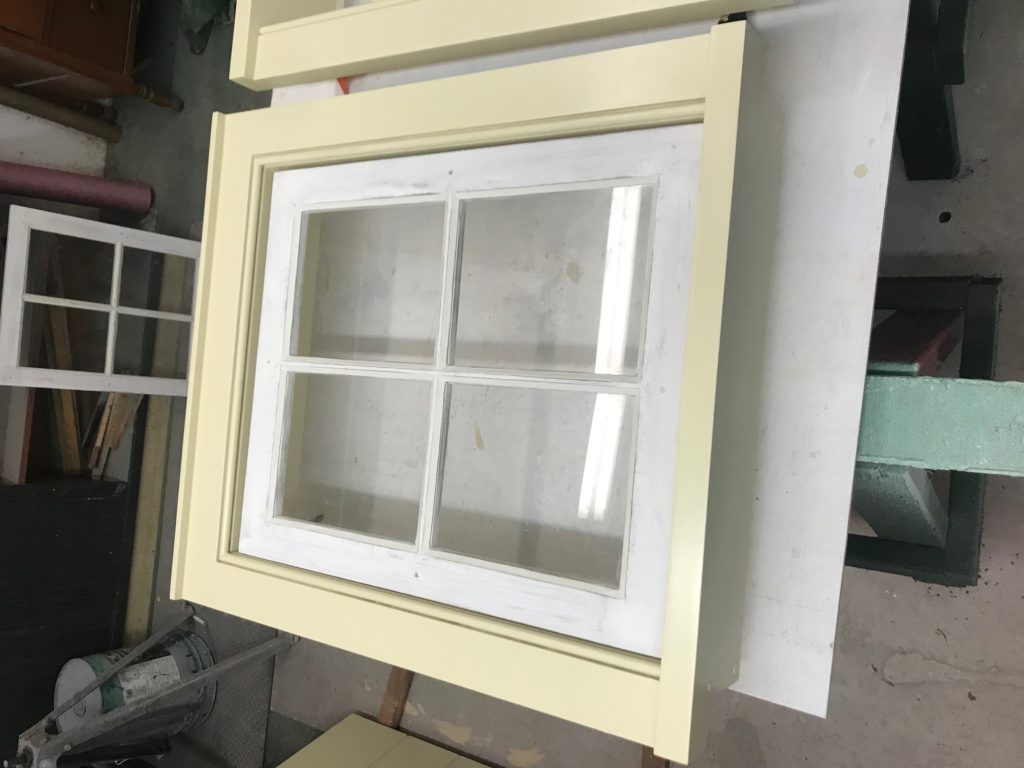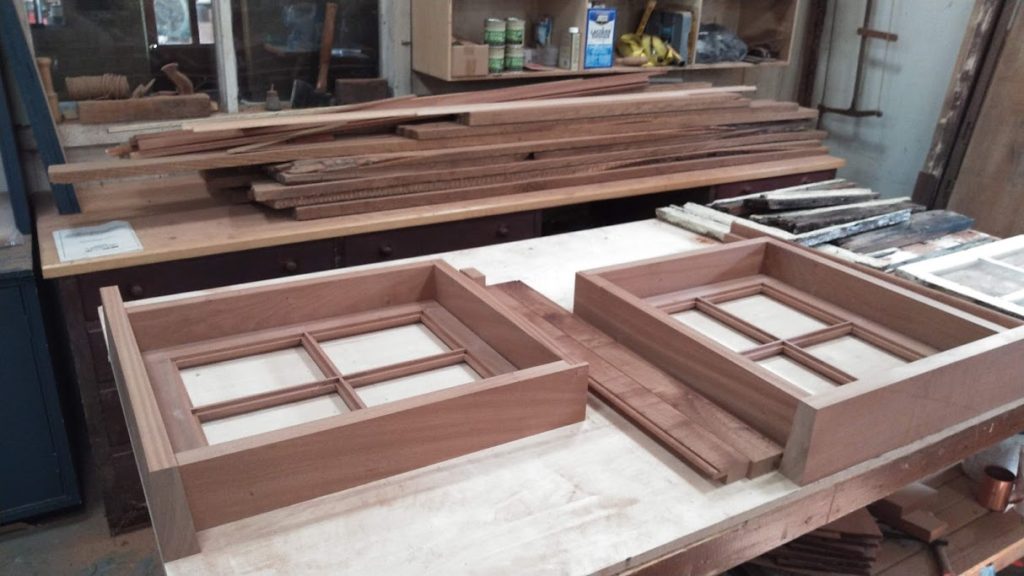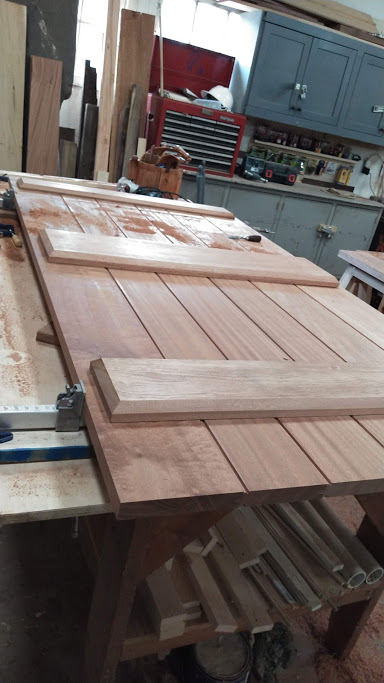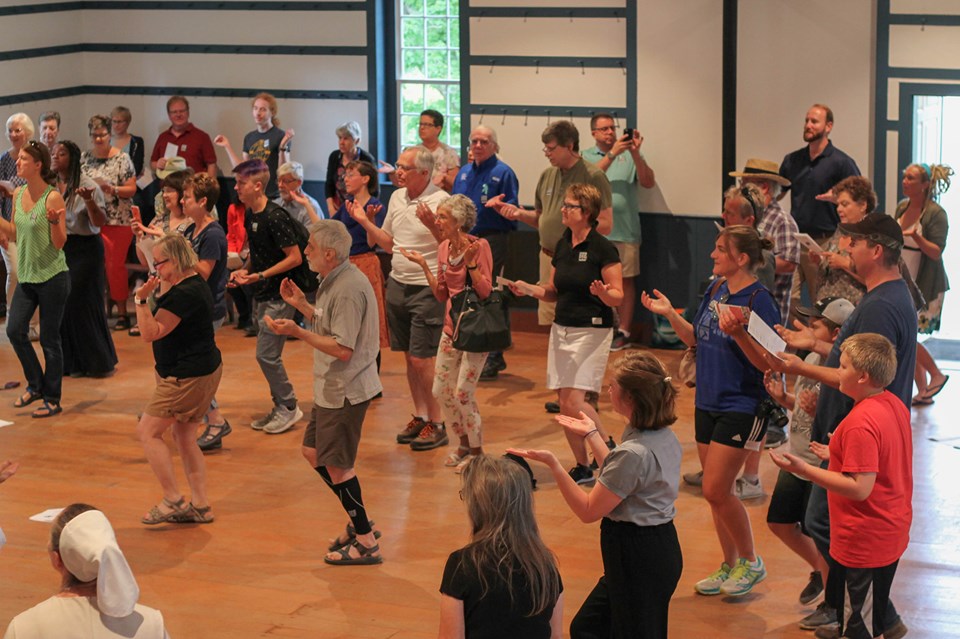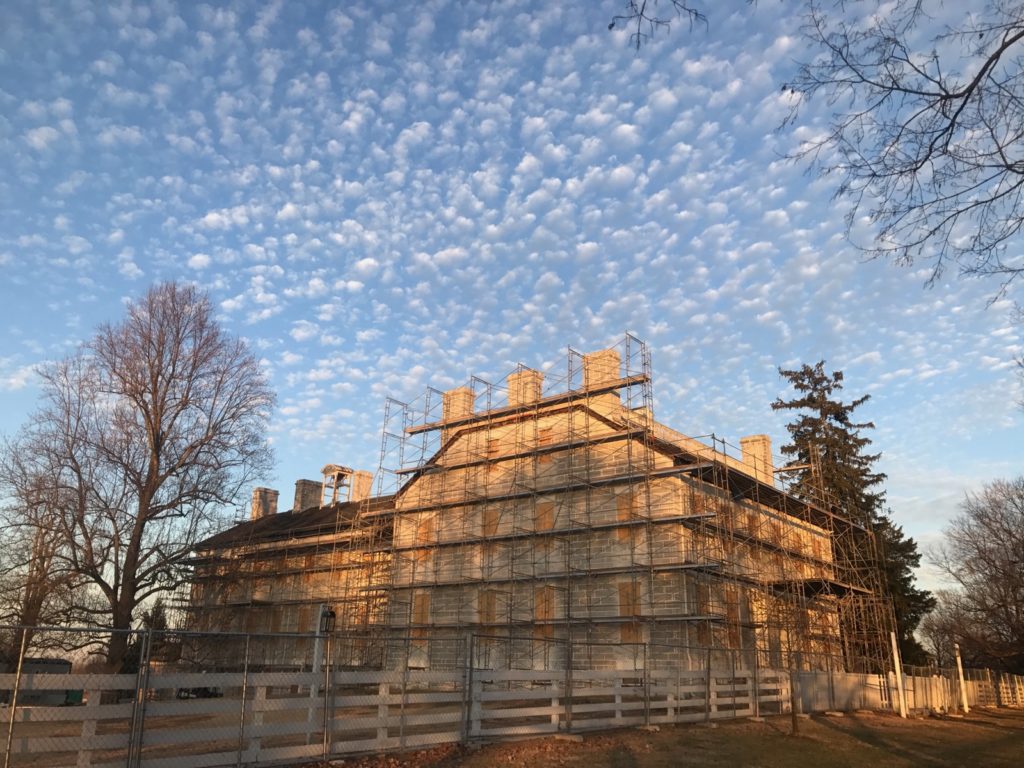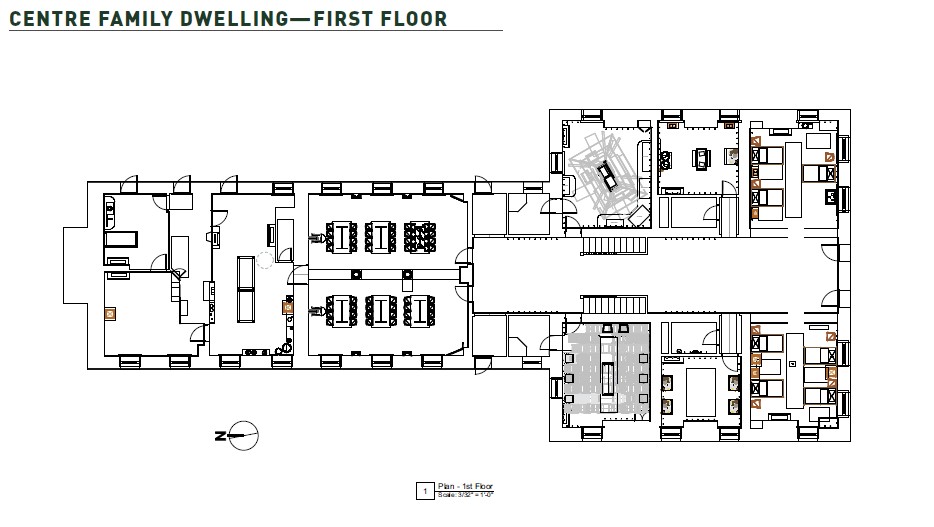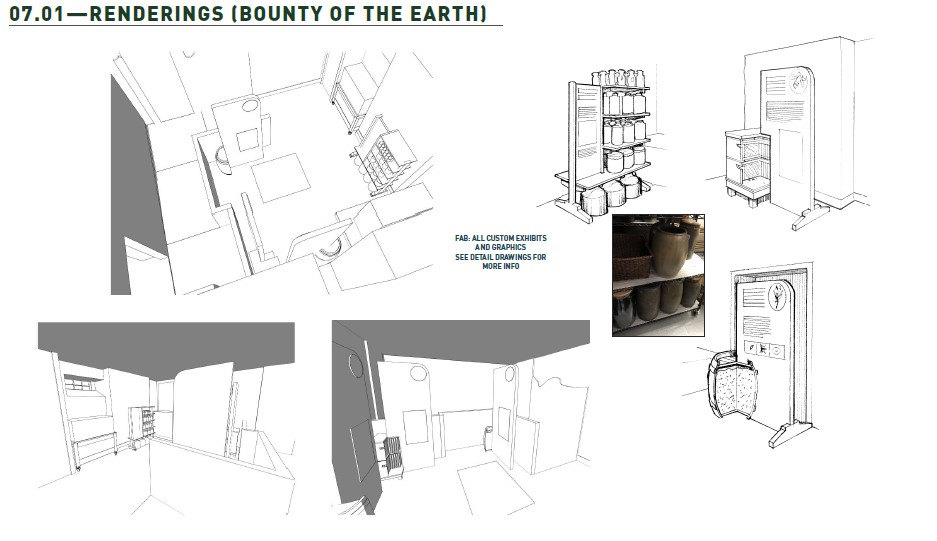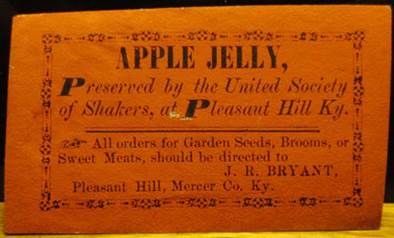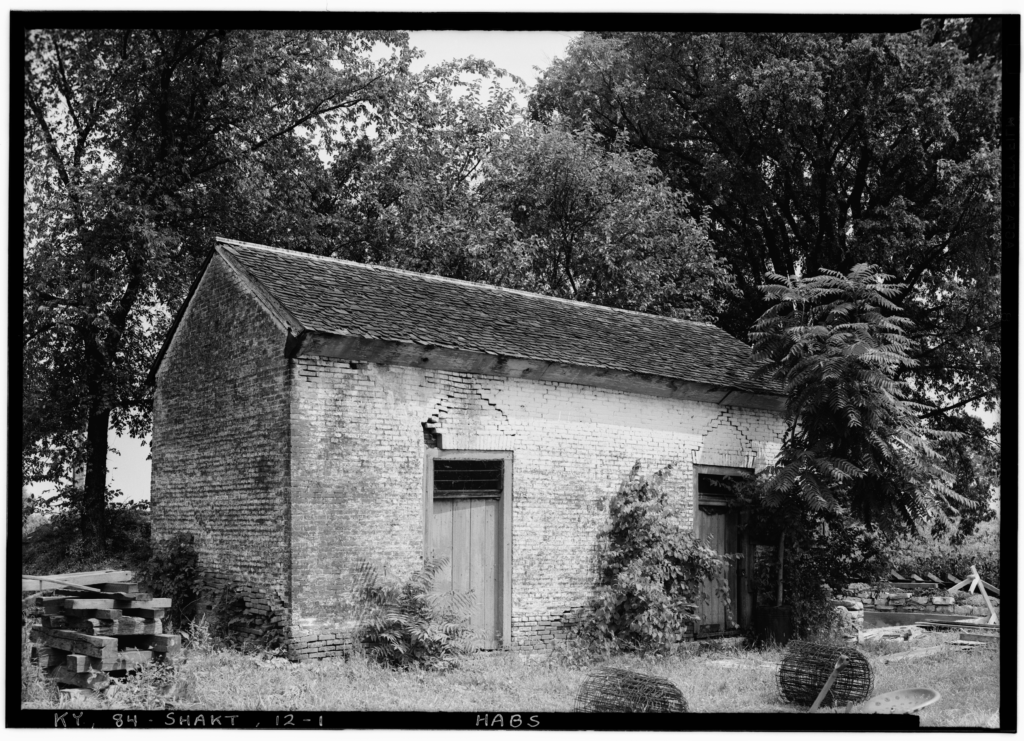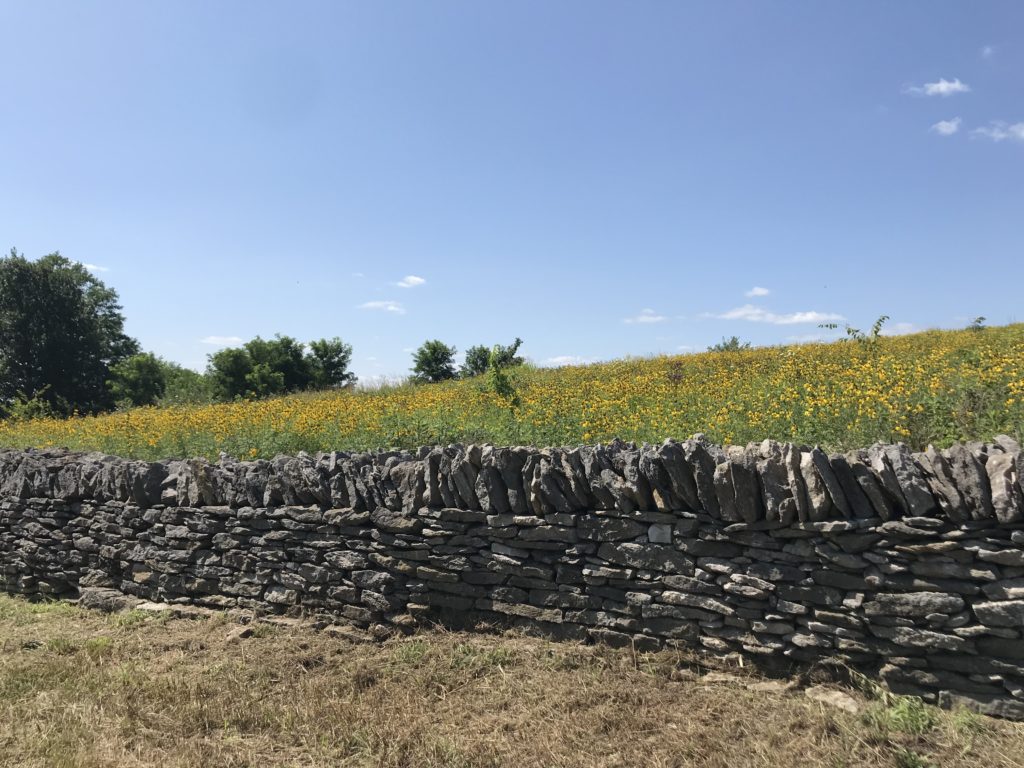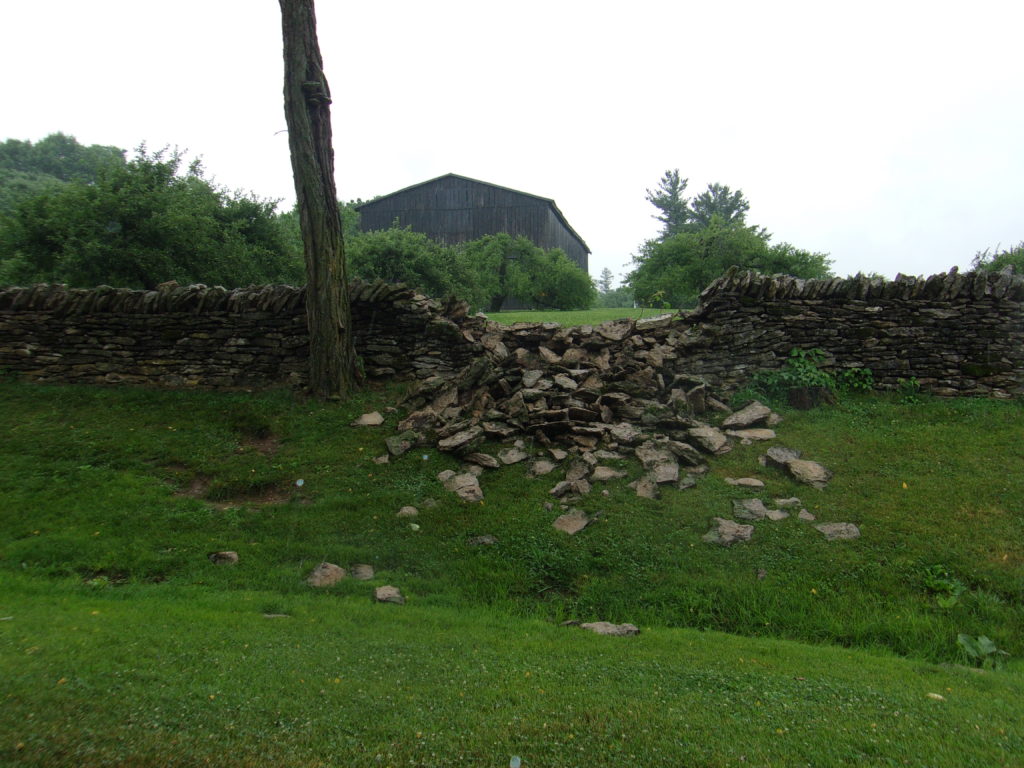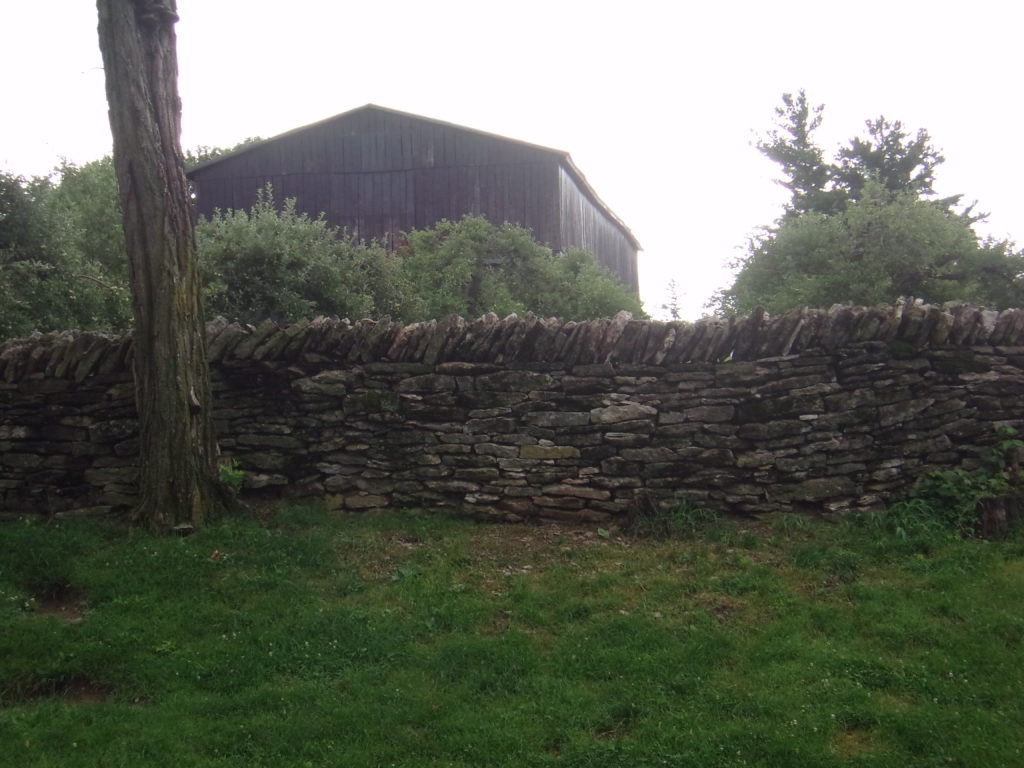William Updike, VP of Natural and Cultural Resources
Mike Brown, Maintenance Foreman
Ben Leffew, Preserve Manager
Laura Baird, Assistant Preserve Manager
Mike Moore, Farm Manager
Sustainability of natural resources is a big concept that involves, to a large degree, the implementation of environmentally-friendly practices. Shaker Village’s property is expansive, and our activities are so diverse that we are able to model sustainable practices in many ways. For buildings to be more sustainable they need to be made as efficient as possible to lower energy use. For agriculture, it’s about taking care of the soil and decreasing the use of fertilizers. Setting aside 1000 acres of prairie and 800 acres of forest as natural space and wildlife habitat all contribute to this effort.
Here’s a breakdown of some of the sustainable practices currently taking place at Shaker Village. You may find some items that you are currently doing with your own home or property – and maybe a few that you should be doing!
Building Maintenance
- Replacing incandescent, florescent, and halogen bulbs with LED light bulbs village-wide for energy savings
- Gradually taking older, less efficient boiler/chiller HVAC systems off-line and replacing with geothermal systems
- Operating certain buildings with set schedules for heating, cooling and lighting for energy efficiency
- Managing paper, cardboard, glass and plastic recycling site-wide
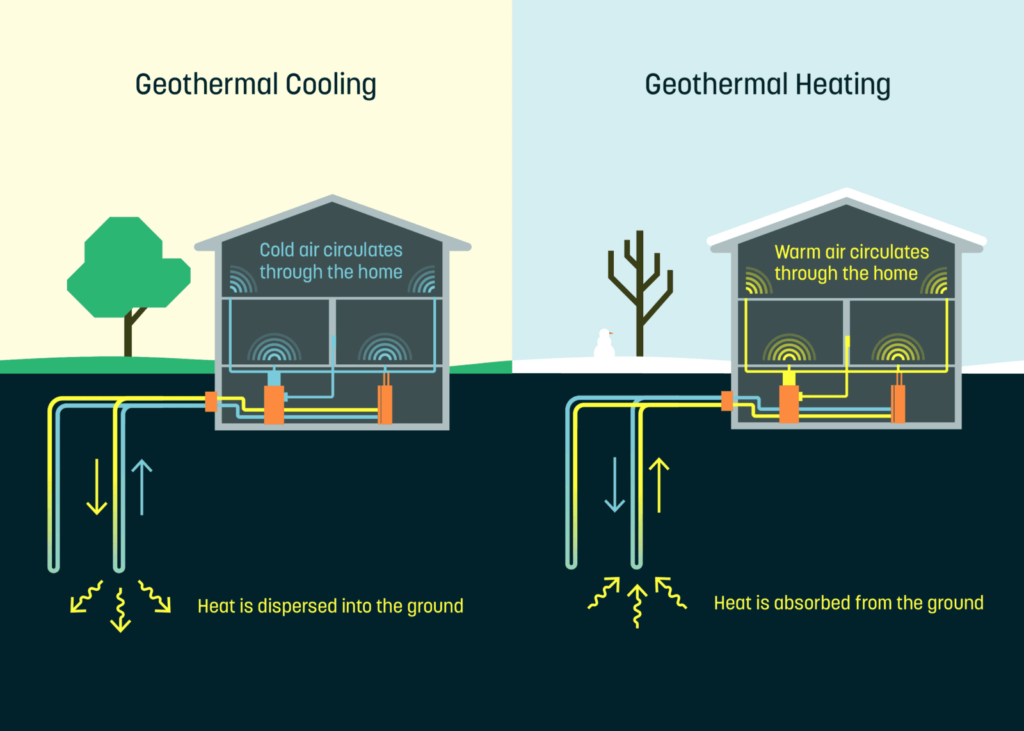
Land Management
- Using rechargeable mowers, trimmers, and leaf-blowers where possible, rather than gasoline powered
- Mulching grass clippings
- Collecting leaves in the fall for use in the garden beds as mulch
- Managing tree health village-wide
- Repairing areas where erosion takes place, and putting in preventative measures to manage erosion and water drainage responsibly
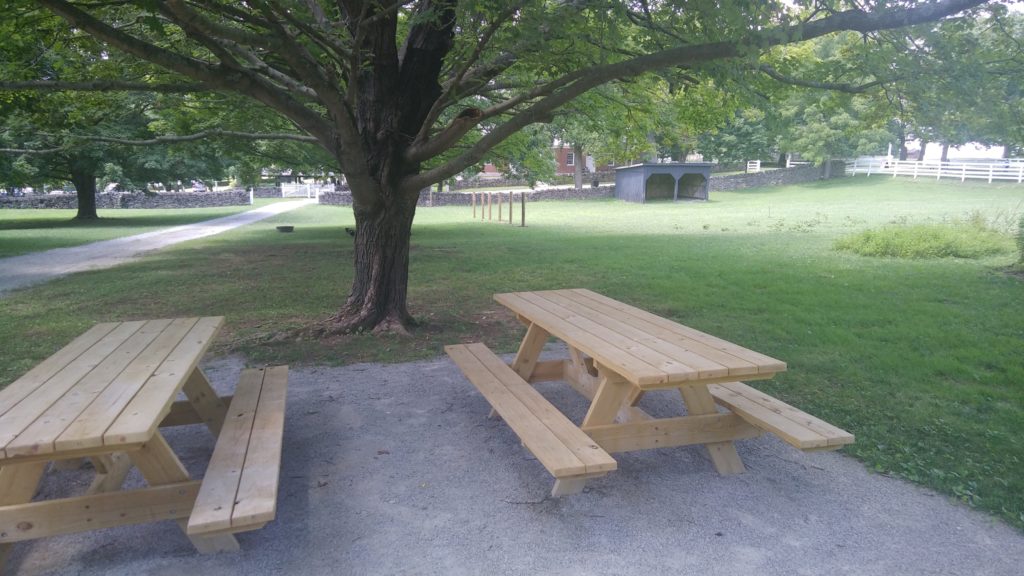
Gardens
- 150 Permanent garden beds
- Low to no-till practices in gardens
- Strict crop rotations
- High diversity of crops
- Integration of livestock into crop rotations to contribute nutrients and minerals back into the soil
- Cover cropping to prevent erosion
- Certified USDA Organic
- Companion cropping, to support healthy growth without chemicals
- Creation of own-fertility through composting farm/garden and restaurant waste
- Poultry management of compost site – “deep litter method”
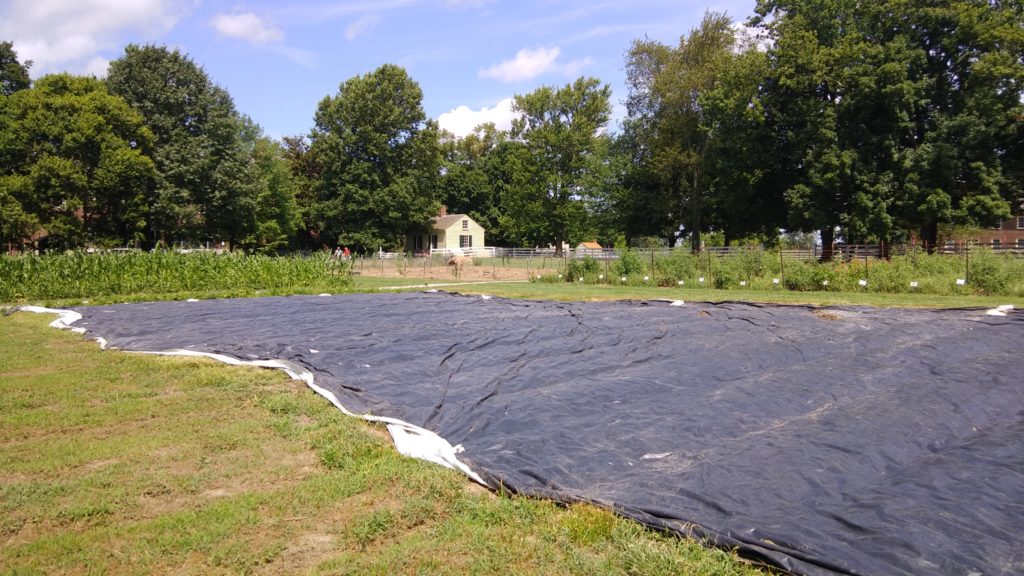
Orchard
- Integration of runner ducks into orchard yard to clean the grounds and prevent pests
- Proper fruit tree pruning to manage health
- Natural spray management to no-spray management for apples
- Fruit variety & root-stock selection for resiliency
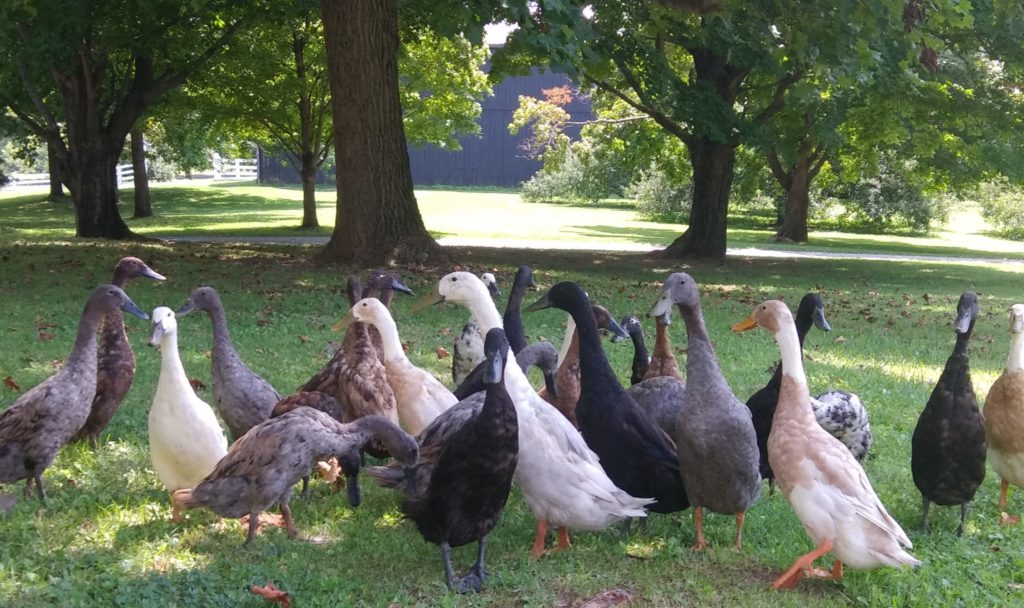
Livestock
- Preservation of heritage breeds
- Strict livestock rotation to maintain integrity of pastures
- Multi-species grazing to diversify impact on fields
- Long rest period between grazing fields for recovery
- Management through soil testing
- Integration of livestock in Preserve/native grasses for natural management of those spaces
- Shaker Village’s rule for grazing: Graze 1/3, Stomp 1/3 and leave 1/3 of grasses behind for recovery
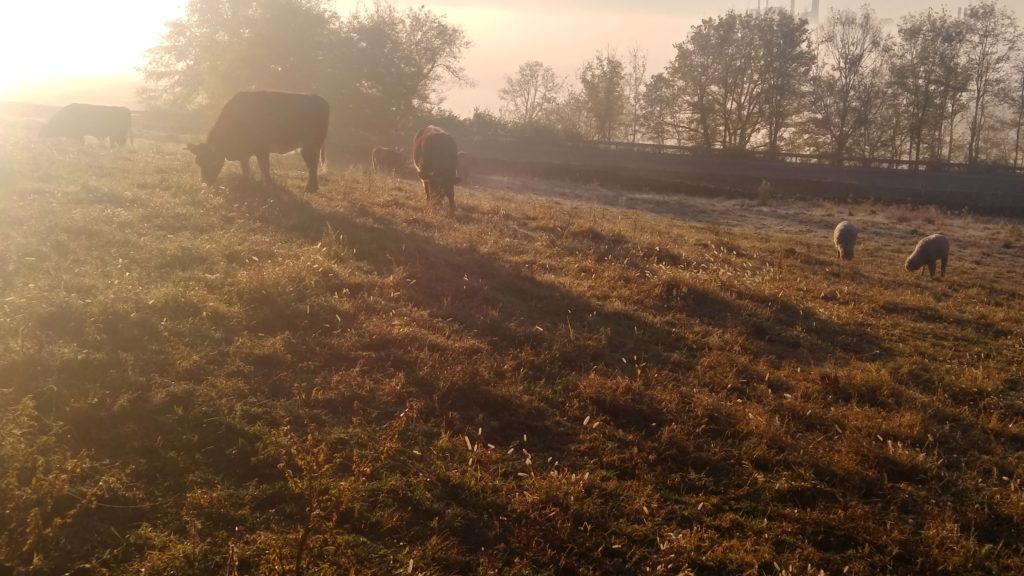
Preserve
- Carbon sequestration (trapping more carbon) in the roots of native grasses and plants that cover 1,000 acres of our property
- Increasing woody acreage = increase carbon sequestration
- Invasive species management and promoting native plants enhances the property’s resilience in a changing climate
- Limited use of herbicides
- Partnering for stream water quality sampling with Kentucky River Watershed Watch
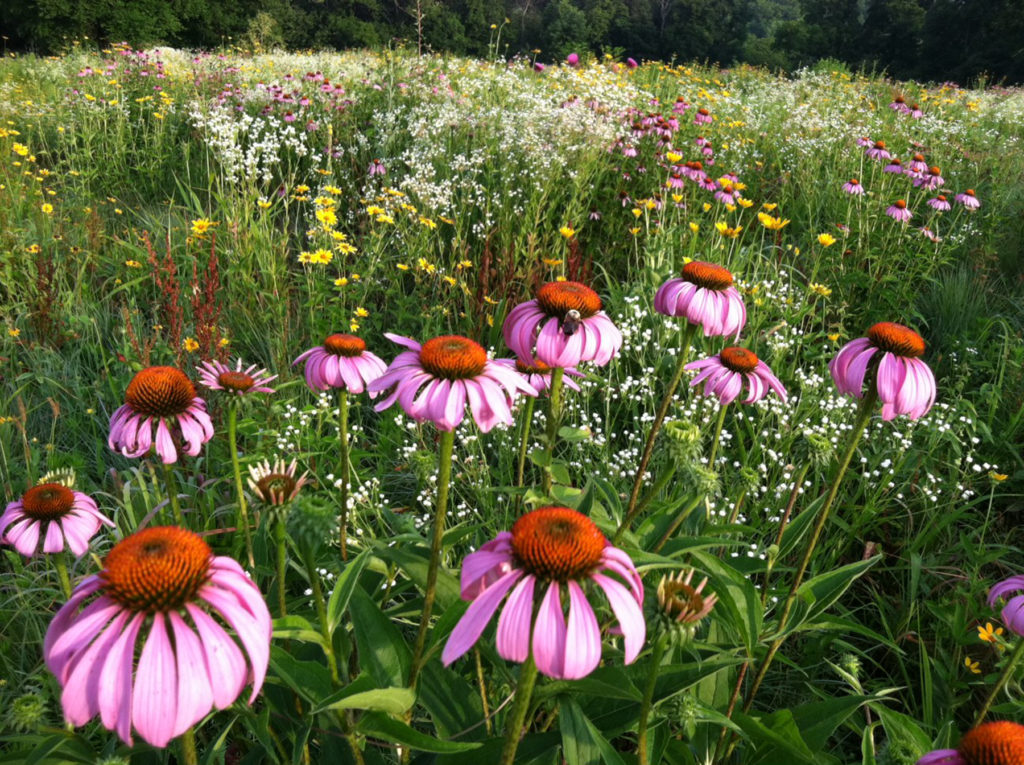
We hope to see you on a future tour of the Village’s Historic Centre, Farm and Preserve, where you can see and enjoy our sustainable practices in action!
If you are interested in making a donation to support our efforts, please click here.
